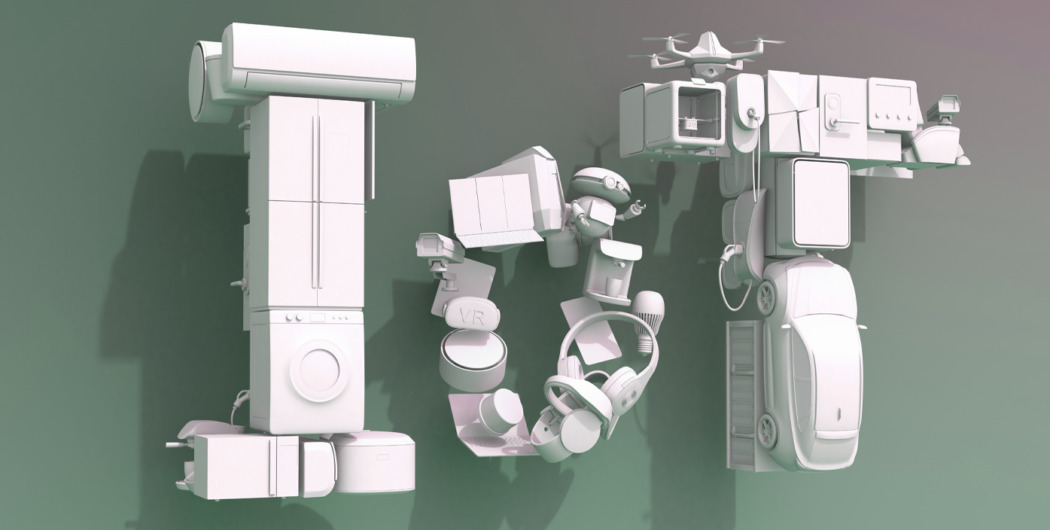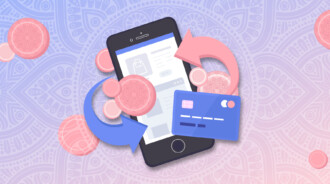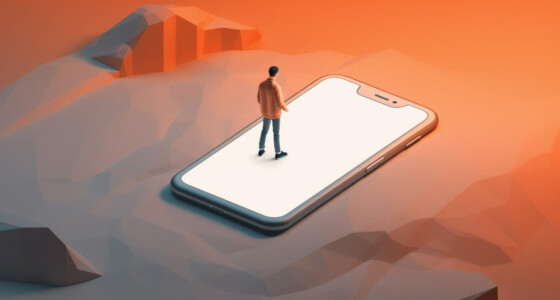

In the current golden age of the internet, we often hear that the world is a global village mostly because you can do anything over the internet – switch on your lights, remotely park your car, monitor your health, etc. This interconnectedness creates the internet of things, which promises increased efficiency and productivity and a more convenient, sustainable, and economical everyday life.
Despite the numerous benefits and exciting potential of IoT technology also entail some risks. But before we discuss whether the internet of things is a threat or a blessing, let’s first find out what it is.
Internet of things definition
Internet of things refers to all network-enabled devices except traditional laptops, desktop computers, and servers. It’s the concept of connecting devices to the internet and networking them with other devices over the internet, Bluetooth, or near-frequency communication.
In the broadest sense, IoT is about networks, devices, and data – it allows networked devices to “communicate.” It ensures that physical objects are interconnected in the virtual world and function autonomously.
Internet of things examples
Think of the Amazon Echo; it can perform internet searches, play music, operate your TV, laundry machine, dishwasher, thermostat, lighting, and vacuum machine. In this case, all your appliances are connected to the Echo; this is one of the best internet of things examples.
IoT combines individual devices, databases, and gateways across several networks. They are connected to the internet, usually with a wireless interface that sends data and receives commands.
So, what does the internet of things (IoT) enable? They aren’t just limited to consumer electronics – their application is virtually limitless.
Types of internet of things
In the broadest sense, the internet of things can be categorized as either consumer internet of things (CIoT) or industrial internet of things (IIoT).
Consumer internet of things
Consumer IoT refers to the internet of things devices specifically for personal and home environs. CIoT is associated with everyday household items that connect to the internet.
Almost all consumer electronics are internet of things devices. They range from wearables like smartwatches to security systems, thermostats, webcams, refrigerators, motion-sensor lights, smart homes, vacuum cleaners, and digital assistants like Amazon Echo and Google Home. CIoT can also include commercial IoT designed for larger venues like malls, entertainment venues, hotels, commuter services, and healthcare facilities.
Industrial internet of things
The industrial internet of things focuses on manufacturing, production, and agriculture. As with household-related devices, the aim is to network devices and work processes, making them more accessible and efficient.
Machines and systems are equipped with sensors and connected to the internet using on-site servers or the cloud. IIoT is designed to monitor and analyze real-time data, perform predictive maintenance, identify and eliminate inefficient workflows and redundancies, manage employees, and prevent costly plant downtime.

The threat of the internet of things
The biggest threats posed by the internet of things include privacy and security breaches.
Breach of privacy
When using IoT devices, users have to contend with the fact that they are giving up some aspect of their privacy. It’s common knowledge that internet of things devices have built-in microphones and sensors that track all kinds of data – in fact, this is used as a selling point. This brings in the question of unlawful surveillance.
They have unfettered access to sensitive personal data, including precise geolocation data, financial information, and health records. And virtual assistants like Alexa are always listening, and you never know who could be eavesdropping. The most disturbing part is that all this data is transmitted to third parties, often without the users’ consent, as was the case with Ring doorbells.
With this data, anyone can tell where you are and what you’re doing. What’s worse, the historical data can be used to predict your habits and physical and financial health. Think of the possibility of abuse.
Admittedly, such vigilant surveillance is preferable in industrial and commercial IoT since it increases productivity and enhances safety, but it’s just downright intrusive in personal life.
IoT Security breach
The uncomfortable truth is that when these devices are connected, an attack on any one of them opens a backdoor to all of them. This means a security vulnerability in one device may facilitate attacks on the entire network and all devices connected. This was the case with the Mirai botnet, which nearly wiped out the internet.
A study by Zscaler found that IoT devices are vulnerable to cyberattacks. When hackers gain access to one IoT device, they can easily alter its functionality, collect personal data, and launch other attacks throughout the IoT network.
Security breaches can also be a matter of life and death. Typically, Specialized medical IoT devices like blood pressure monitors, heart rate monitors, insulin pumps, wheelchairs, defibrillators, and oxygen pumps, are now all frequently connected.
Now, imagine a scenario where a hacker gains control of a medical IoT and administers an overdose. This prompted FDA to issue cybersecurity guidance regarding medical IoT devices like pacemakers and insulin pumps that are vulnerable to hacks.
Conclusion
It goes without saying that the internet of things is one of the leading catalysts for the fifth industrial revolution. But the question remains, is the internet of things a threat or a blessing? Well, that depends on your perspective. As with any new technology, tremendous advantages and potential risks are bound to exist.
In the grand scheme of things, we can consider IoT as both a threat and a blessing. The interconnectedness, simplification of tasks, increased efficiency and productivity, lower operating costs, and eliminating of redundancies are all a blessing. However, the potentially lethal security breaches and the glaring privacy concern are direct threats from the internet of things.








